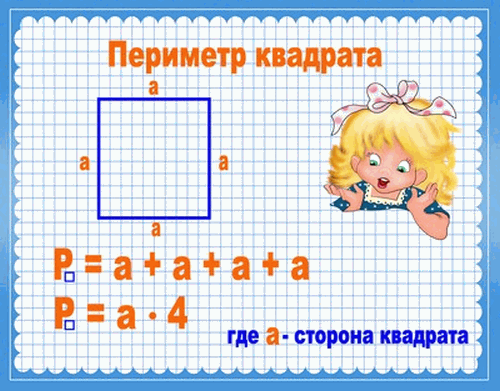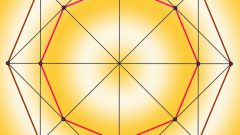You will need
- - ruler or measuring tape;
- - strong thread;
- roller rangefinder.
Instruction
1
To measure the perimeter of an arbitrary polygon, measure with a ruler or other measuring device all its sides and then find their sum. If given a quadrilateral with sides 5, 3, 7 and 4 cm, which is measured with a ruler, find the perimeter, put them together R=5+3+7+4=19 see
2
If the figure is arbitrary and includes not only straight lines, measure it with a normal rope or string. To do this, position it so that it accurately repeated all of the lines bounding the figure, and make a mark, if you can, just trim it to avoid confusion. Then, using a tape measure or ruler, measure the length of the thread, it will be equal to the perimeter of this shape. Be sure to follow that thread as accurately as possible, repeating a line for more accuracy of result.
3
The perimeter of the complex geometric figures measure roller distance meter (odometer). It does not line there is a point at which you set the rangefinder roller and rolled on it, before returning to the starting point. The distance measured by the rangefinder roller, and is equal to the perimeter of the figure.
4
The perimeter of some geometric shapes figure. For example, to find the perimeter of any regular polygon (a convex polygon whose sides are equal), the length of the side multiply by the number of corners or sides (they are equal). To find the perimeter of a regular triangle with sides 4 cm, multiply this number by 3 (P=4∙3=12 cm).
5
To find the perimeter of an arbitrary triangle, add the lengths of all its sides. If not given, all parties, and have angles between them, locate them on the theorem of sine or cosine. If you know two sides of a right triangle, find the third by using the Pythagorean theorem and find their sum. For example, if you know that the legs of a right triangle is equal to 3 and 4 cm, then the hypotenuse will be equal to √(32+42)=5 cm Then the perimeter is P=3+4+5=12 cm.
6
To find the perimeter of a circle, find the length of the circumference that has its limits. To do this, its radius r multiply by the number π≈3.14, and the number 2 (P=L=2∙π∙r). If you know the diameter, keep in mind that it is equal to two radii.




